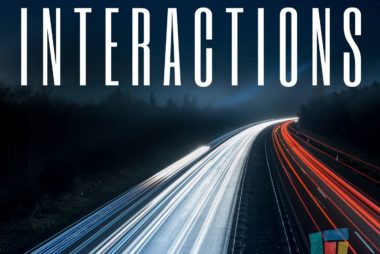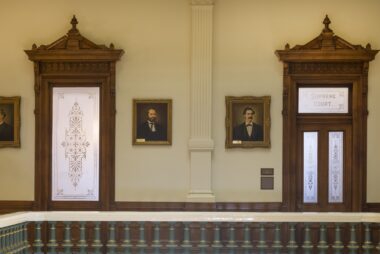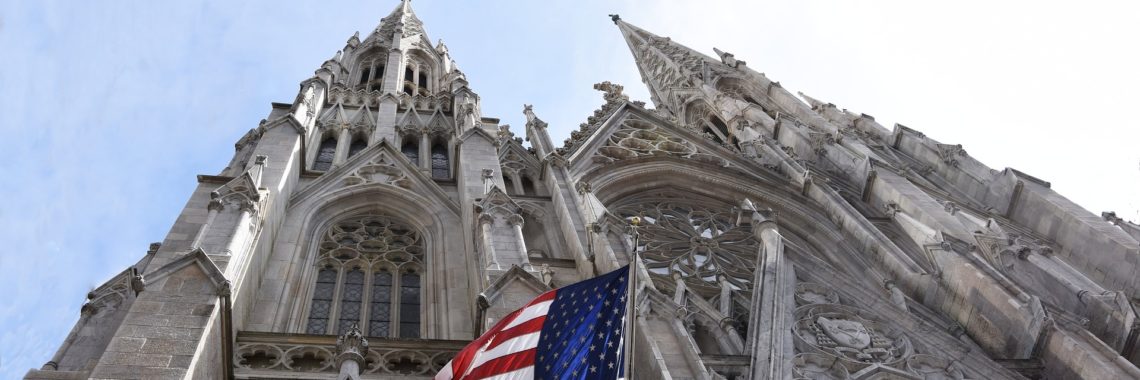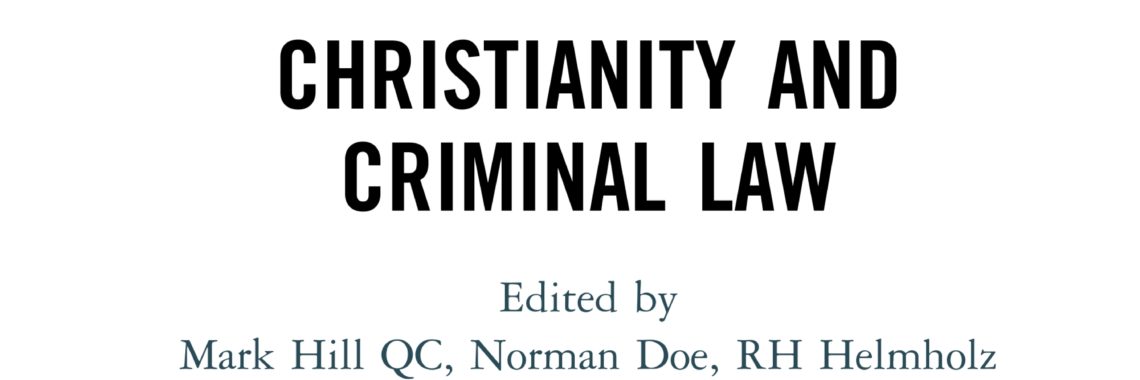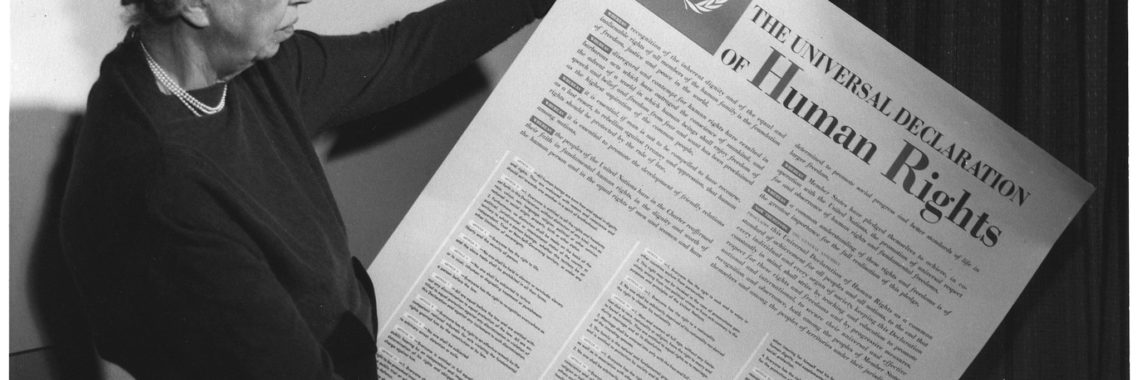“Human Rights, Human Dignity and Personal Autonomy: A Reflection on David Little’s Theory of Self-Defense and Organic Unity” by Mark Hill QC
Reflection of Trees in Germany, Stijn Dijkstra, Pexels This article is part of our “Self-Defense and Human Rights” series.If you’d like to check out other articles in this series, click here. There are few people better placed to contribute to Canopy Forum than David Little, a leading authority on the history of religious freedom, ethics…



